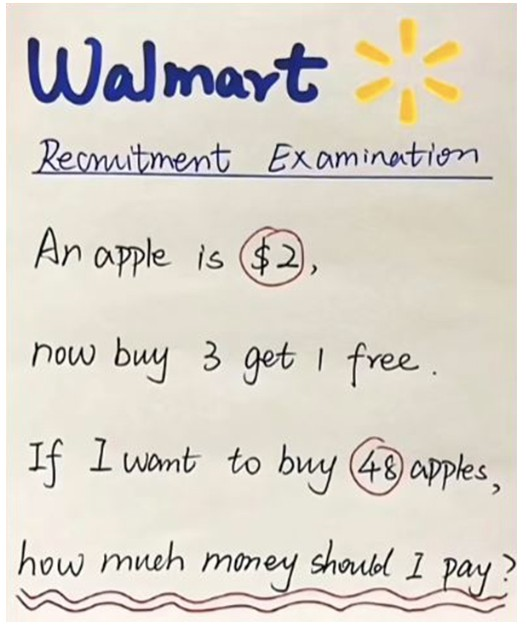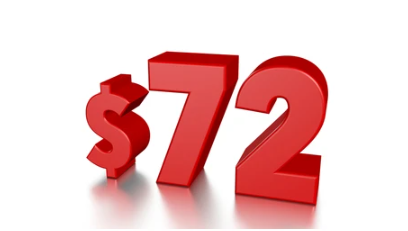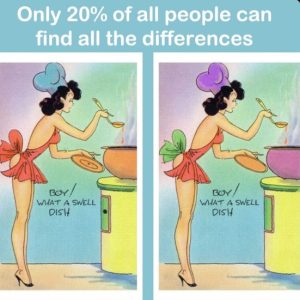Here’s a riddle that seems simple… until it’s not. An apple costs $2. The deal says Buy 3, Get 1 Free. Now, if you want to purchase 48 apples, how much money should you actually pay?
Sounds like third-grade math, right? But this little brain teaser has been twisting minds online, and it’s not just because people forget how to multiply. The trick lies in understanding the deal structure—and applying it properly.
So before you rush to shout out your answer, slow down. Let’s walk through the logic step by step and see if your instincts are as sharp as you think.

Understanding the Offer: Buy 3, Get 1 Free
First things first—what does “Buy 3, Get 1 Free” really mean?
It’s not just a discount. It’s a package deal. For every 3 apples you buy, you get 1 extra apple at no cost. That means for every group of 4 apples, you’re only paying for 3.
If that doesn’t immediately click, think of it like this: imagine you’re filling a bag of apples at the store. Every time you put 4 apples into your bag, you’re only charged for 3 of them. The fourth one is like a sneaky little bonus that makes your money go further.
Video: Only 1% of people pass this logic test
The Riddle: You Want to Buy 48 Apples
So here’s the actual challenge: How much money should you pay to get 48 apples, under this “Buy 3, Get 1 Free” deal?
Let’s break it down using some basic math and a little bit of logic.
Step 1: Group the Apples into Sets of 4
The key to solving this puzzle is realizing that the offer works in groups of 4 apples. Every time you “buy 3,” you’re also “getting 1 free,” which makes 4 apples in total per set.
So how many complete sets of 4 apples can you make with 48 apples?
Easy math:
48 ÷ 4 = 12 sets
That means you’ll get 48 apples by completing 12 full “Buy 3, Get 1 Free” deals.
Step 2: Calculate How Many Apples You Actually Pay For
Here’s the twist. You may be taking home 48 apples, but you’re not paying for all of them. Remember, in each group of 4 apples, one is free.
So, in every set, you only pay for 3 apples:
12 sets × 3 apples = 36 apples paid
See where we’re going now?
Step 3: Find the Total Price
Now that you know you’re paying for 36 apples, and each apple costs $2:
36 × $2 = $72
Final Answer: You should pay $72 for 48 apples.

Why This Puzzle Trips People Up
This isn’t a hard equation—it’s just cleverly worded. And that’s what makes it such a perfect brain teaser. Most people see “48 apples at $2 each” and immediately say:
48 × 2 = $96
Then maybe they subtract the cost of 12 apples as a discount:
96 – (12 × 2) = $72
They eventually get the right answer—but they overcomplicate it.
Others might confuse the ratio and think it’s “Buy 3 apples, pay for 4,” which reverses the logic and sends them down the wrong path completely.
The lesson here? Read carefully and do the math step by step.
Why We Love Puzzles Like This
This little challenge checks all the boxes of a good logic test. It’s:
- Simple on the surface
- Deceptively tricky underneath
- Based on real-world thinking
- Fun to share with friends
And honestly? It’s the kind of riddle you’ll end up forwarding to your group chat just to watch everyone argue over the answer.
A Real-Life Skill Disguised as a Riddle
Video: Are You Smart Enough to Beat These Impossible Riddles?
You might think this is just a brain game, but it mirrors decisions we make every day. Whether you’re comparing grocery deals or figuring out which streaming subscription is actually cheaper, you’re applying this same kind of thinking.
It’s about seeing through marketing tricks and applying math in a way that makes sense.
So while this riddle is fun, it also reminds you of one very valuable life skill: always understand the deal before you open your wallet.
Conclusion: Math, Marketing, and a Little Bit of Brain Power
So there you have it—the correct answer to the riddle is $72. And getting there wasn’t about being a math genius. It was about breaking things into simple pieces, understanding the deal, and sticking to logic.
If you solved it on your own, congrats! You’ve got a sharp eye for detail and a good head for numbers.
And if you didn’t? No worries. The real win is learning how to approach these kinds of problems in the future—with patience, logic, and just a bit of skepticism.
Now go ahead—challenge your friends. Let’s see who can resist the urge to shout out $96 before thinking it through.How much money should I pay?


